-

Cloxacillin sodium salt monohydrate CAS:7081-44-9
Cloxacillin sodium salt monohydrate is a specific form of the antibiotic cloxacillin that contains a single molecule of water within its crystal structure. This formulation is commonly used in pharmaceutical preparations for oral, intravenous, or intramuscular administration. Cloxacillin sodium salt monohydrate has bactericidal properties against a variety of gram-positive bacteria, making it effective in treating infections caused by susceptible organisms. It works by interfering with bacterial cell wall synthesis, ultimately leading to bacterial cell death. This medication is available in various dosage forms such as capsules, tablets, and injections.
-

Clinafloxacin CAS:105956-97-6
Clinafloxacin is a fluoroquinolone antibiotic with potent antibacterial properties. It is used to treat various bacterial infections by inhibiting DNA replication in susceptible bacteria, thereby halting their growth and spread. Clinafloxacin is effective against a wide range of Gram-positive and Gram-negative bacteria, making it valuable in the management of respiratory, skin, urinary, and soft tissue infections.
-
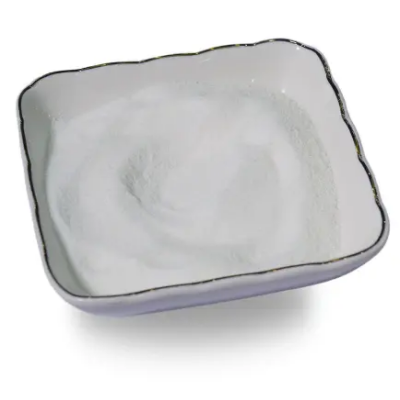
Clindamycin palmitate hydrochloride CAS:25507-04-4
Clindamycin palmitate hydrochloride is a salt form of clindamycin, a lincosamide antibiotic used to treat various bacterial infections. It works by inhibiting protein synthesis in susceptible bacteria, thereby halting their growth and reproduction. Clindamycin palmitate hydrochloride is particularly suitable for pediatric patients or individuals who have difficulty swallowing pills.
-
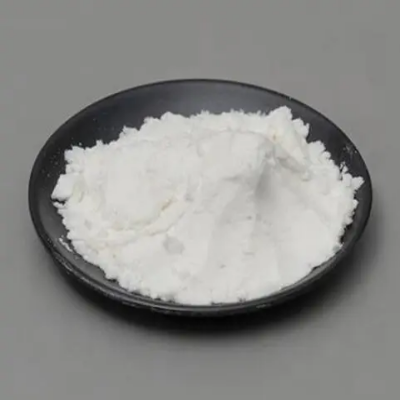
4,4′-Diaminodiphenyl sulfone (Dapsone) CAS:80-08-0
4,4′-Diaminodiphenyl sulfone, commonly known as Dapsone, is a synthetic sulfone medication with anti-inflammatory and antibacterial properties. It is primarily used in the treatment of skin conditions such as leprosy (Hansen’s disease), dermatitis herpetiformis, and certain types of skin infections. Dapsone works by inhibiting bacterial growth and reducing inflammation, making it an effective therapy for various dermatological conditions. This medication is available in oral and topical formulations for convenient administration in clinical settings.
-

N,O-Dimethylhydroxylaminehydrochloride CAS:6638-79-5
N,O-Dimethylhydroxylamine hydrochloride is a chemical compound with the formula C3H9NO·HCl. It is a white crystalline solid used in various chemical applications for its versatile reactivity and unique properties.
-
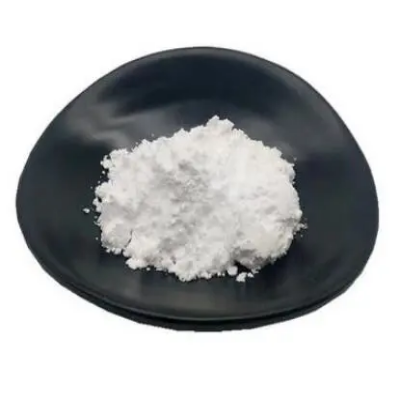
Pimelicacid CAS:111-16-0
Pimelic acid is a dicarboxylic acid with the chemical formula C7H12O4. It is also known as heptanedioic acid and is a white crystalline solid at room temperature. Pimelic acid can be found in some plant tissues and is used in organic synthesis for the production of various compounds.
-
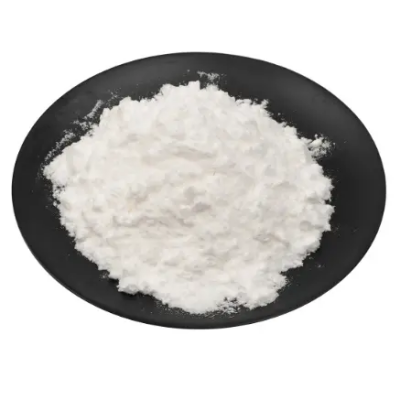
Xanthene-9-carboxylicacid CAS:82-07-5
Xanthene-9-carboxylic acid is a chemical compound with the molecular formula C14H10O3. It is a crystalline solid with aromatic properties and is commonly used in organic synthesis and dye chemistry. Xanthene-9-carboxylic acid plays a significant role as a precursor for the preparation of various functional molecules.
-
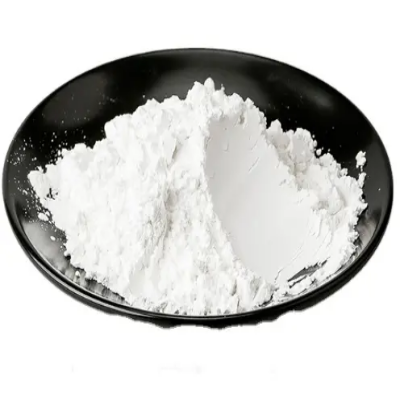
Trimethylsilylcyanide CAS:7677-24-9
Trimethylsilylcyanide is a chemical compound with the molecular formula C4H9NSi. It is a colorless liquid commonly used in organic synthesis and as a versatile reagent due to its unique properties and applications in various chemical reactions.
-
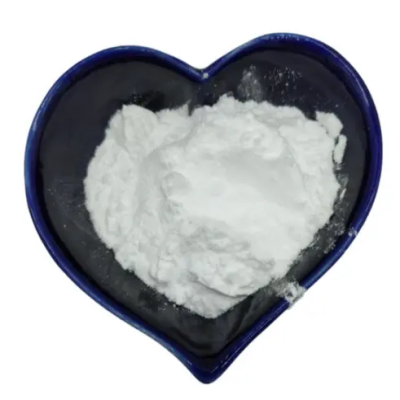
N,N-dimethylformamidedimethylacctel CAS:4637-24-5
N,N-Dimethylformamidedimethylacetate is a chemical compound with the formula C6H12N2O3. It is a colorless liquid used in various chemical synthesis processes and as a versatile reagent due to its unique properties and applications in organic chemistry.
-
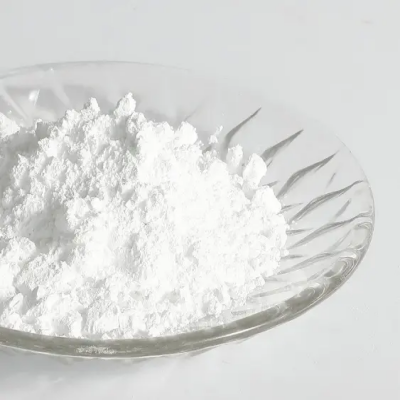
Bis(2-chloroethyl)aminehydrochloride CAS:821-48-7
Bis(2-chloroethyl)amine hydrochloride, also known as nitrogen mustard HCl, is a chemical compound with the formula C4H10Cl2N2·HCl. It is a crystalline solid that has been used in medical research and cancer treatment due to its alkylating properties. This compound belongs to the class of nitrogen mustards, which are known for their anti-cancer effects.
-

Benzamidinehydrochloride CAS:1670-14-0
Benzamidine hydrochloride is a chemical compound with the molecular formula C14H15ClN2O. It is a white to off-white crystalline powder and is commonly used in biochemical and pharmaceutical research settings. Benzamidine hydrochloride is a potent protease inhibitor, particularly targeting serine proteases.
-

3-Fluoro-4-(4-Morpholinyl)-Benzeamine CAS:93246-53-8
3-Fluoro-4-(4-Morpholinyl)-Benzeamine is a chemical compound with the molecular formula C11H14FN3O. It is a white crystalline solid used in organic synthesis and medicinal chemistry due to its unique structure and pharmacological properties.

